First Responders and Their Role in Emergencies
In the face of chaos and uncertainty, first responders emerge as the unsung heroes of our society. These dedicated individuals are often the first to arrive at the scene of an emergency, whether it’s a natural disaster, a medical crisis, or an act of violence. Their swift actions and expert skills can mean the difference between life and death. But what exactly do first responders do, and how are they trained to handle such high-pressure situations?
First responders encompass a range of professionals, including firefighters, paramedics, and police officers. Each of these roles requires a unique set of skills and training to effectively manage emergencies. For instance, firefighters not only extinguish fires but also perform rescues and provide medical care; paramedics deliver critical medical services on-site, while police officers maintain order and ensure safety during chaotic events. The synergy among these professionals is crucial, as they often work together to tackle emergencies head-on.
Imagine a scenario where a building is on fire. The firefighters rush in with hoses and equipment, battling the flames while paramedics stand by, ready to treat anyone who may need immediate medical attention. Meanwhile, police officers cordon off the area to keep bystanders safe and to manage the crowd. This collaborative approach is what makes first responders so effective in crisis situations.
Moreover, the impact of their work extends beyond just the immediate response. First responders play a vital role in community safety and preparedness. They not only act during emergencies but also engage in educational outreach, teaching the public about safety protocols and emergency preparedness. This proactive approach helps to build a more resilient community, ready to face any challenges that may arise.
In summary, first responders are the backbone of emergency management. Their training, skills, and dedication are essential in saving lives and ensuring public safety. As we delve deeper into the various aspects of their roles, we'll uncover the extensive training they undergo, the critical techniques they employ, and the invaluable connection they foster with the communities they serve.
- What types of emergencies do first responders handle?
First responders are trained to handle a wide range of emergencies, including medical crises, fires, natural disasters, and public safety incidents. - How do first responders prepare for emergencies?
They undergo rigorous training programs that include physical fitness, emergency medical training, and scenario-based drills to ensure they are ready for any situation. - Why is community engagement important for first responders?
Community engagement helps educate the public about safety measures and emergency protocols, ultimately leading to a more informed and prepared community.
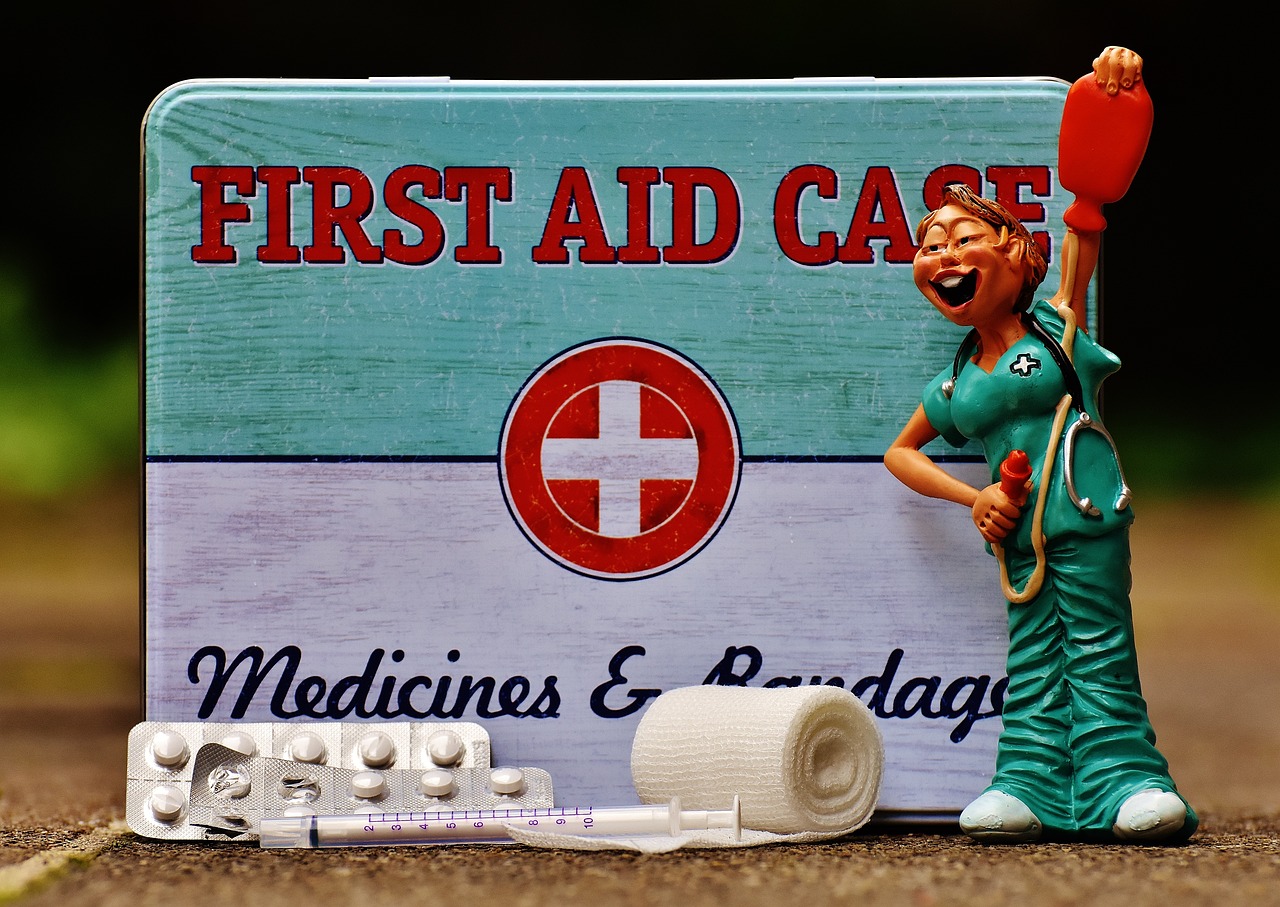
Understanding First Responders
First responders are the brave individuals who rush into action when emergencies strike. They are the *first line of defense* in crises, and their roles are as diverse as the situations they face. Think about it: when an accident occurs or a fire breaks out, who do we rely on? Firefighters, paramedics, and police officers are all considered first responders. Each of these professions plays a unique but interconnected role in ensuring public safety and managing emergencies effectively.
Firefighters are often the first on the scene when flames threaten lives and property. Their training equips them to tackle dangerous situations, extinguish fires, and rescue individuals trapped in hazardous environments. On the other hand, paramedics are the medical heroes who provide critical care to the injured or ill during transport to hospitals. They assess patients' conditions, administer lifesaving treatments, and stabilize them for further medical attention. Lastly, police officers manage the chaos, ensuring safety, directing traffic, and maintaining order during emergencies. Together, these professionals form a cohesive unit that acts swiftly to mitigate the impact of any crisis.
The skills required for first responders extend far beyond physical strength. They must possess excellent decision-making abilities, remain calm under pressure, and communicate effectively with both their team and the public. In high-stress situations, a first responder's ability to think critically can mean the difference between life and death. For instance, during a multi-car accident, the quick thinking of a police officer can help triage victims, while a paramedic's rapid assessment can prioritize who needs immediate care.
Moreover, first responders are often trained in specialized techniques that enhance their effectiveness. For example, they may learn how to use advanced medical equipment, navigate through hazardous materials, or employ crowd control tactics. This training is crucial as it prepares them for the unpredictable nature of emergencies. In many cases, first responders also participate in ongoing training programs to stay updated on the latest protocols and technologies, ensuring they are always ready to serve their communities.
In summary, understanding the roles of first responders is essential for appreciating the complexities of emergency management. They are not just professionals; they are community protectors who dedicate their lives to saving others. Their training, skills, and unwavering commitment make them invaluable assets in times of crisis.
- What qualifications do first responders need? First responders typically require specialized training and certifications, which vary by profession. For example, paramedics must complete advanced medical training, while firefighters undergo rigorous physical and technical training.
- How do first responders prepare for emergencies? They engage in continuous training, simulations, and community outreach programs to stay prepared for a variety of emergency scenarios.
- What is the role of first responders in community safety? First responders educate the public about safety protocols, conduct drills, and participate in community events to promote emergency preparedness.
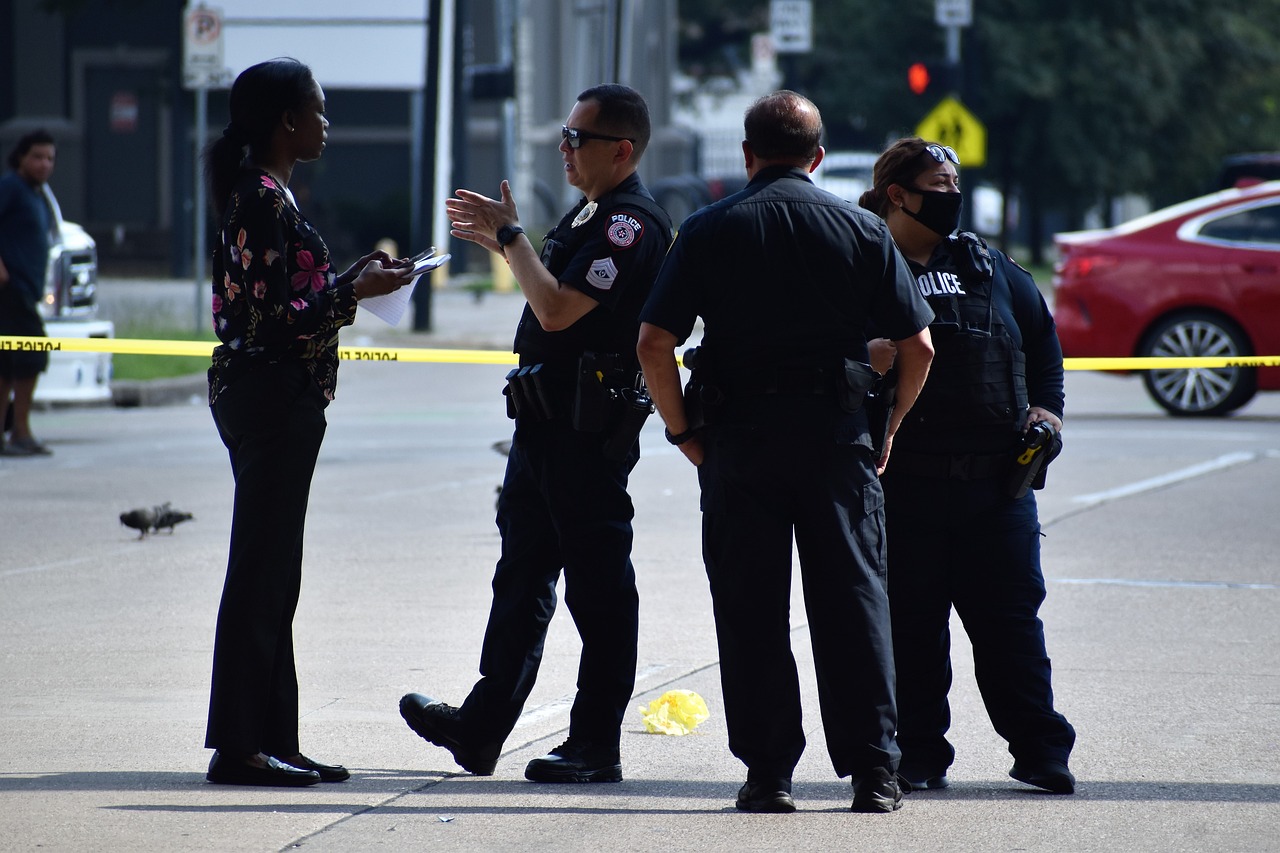
The Importance of Training
When it comes to emergencies, the phrase “time is of the essence” couldn’t be more accurate. First responders are often the first line of defense in critical situations, and their ability to act swiftly and effectively can mean the difference between life and death. This is why training is not just important; it is absolutely essential. Without proper training, even the most well-meaning individuals can struggle to manage the chaos of an emergency. So, what does this training entail, and how does it prepare first responders for the unpredictable nature of their jobs?
First responders undergo a variety of training programs designed to equip them with the skills they need to handle emergencies of all types. These programs typically include both classroom instruction and hands-on experience, ensuring that responders not only understand the theory behind their actions but can also execute those actions in real-life scenarios. Here are some key areas of focus in their training:
- Emergency Medical Training: This is crucial for paramedics and EMTs, covering lifesaving techniques that can stabilize patients during transport.
- Firefighting Techniques: Firefighters are trained in methods to extinguish fires, conduct rescues, and manage hazardous materials.
- Law Enforcement Protocols: Police officers receive training in conflict resolution, crowd control, and emergency response to ensure public safety.
Each of these areas is vital for effective emergency response. Imagine a scenario where a person is experiencing a cardiac arrest. If a first responder has not been trained in emergency medical techniques, they may hesitate or fail to act appropriately, potentially leading to tragic outcomes. Conversely, a well-trained responder can swiftly administer CPR, maintain blood circulation, and increase the chances of survival significantly.
Emergency medical training is the backbone of first responder education. It encompasses various lifesaving skills that can be applied in the field. Techniques such as CPR and advanced first aid are taught to ensure responders can handle a wide range of medical emergencies. The significance of this training cannot be overstated; it empowers responders to act decisively when every second counts.
Cardiopulmonary resuscitation (CPR) is a critical skill that first responders must master. The steps involved in performing CPR are straightforward, but they require practice and confidence to execute under pressure. The basic steps include:
- Check responsiveness and call for help.
- Begin chest compressions at a rate of 100 to 120 compressions per minute.
- Provide rescue breaths after every 30 compressions if trained to do so.
By performing CPR, responders can keep blood circulating to vital organs, significantly increasing the chances of survival until advanced medical personnel arrive.
In addition to CPR, basic first aid knowledge is crucial for first responders. This includes techniques for controlling bleeding, treating burns, and managing shock. Just like a well-stocked toolbox, having a variety of first aid skills allows responders to address multiple issues simultaneously. For instance, if a responder arrives at an accident scene, they may need to apply pressure to a wound while assessing the victim's overall condition.
Ultimately, the importance of training for first responders cannot be understated. It is the foundation upon which their ability to save lives is built. Without rigorous training, the chaos of emergencies can overwhelm even the most dedicated individuals. But with the right preparation, first responders can step into the fray with confidence, ready to make a difference when it matters most.
- What types of training do first responders undergo? First responders participate in various training programs, including emergency medical training, firefighting techniques, and law enforcement protocols.
- How often do first responders need to retrain? Many first responders undergo refresher courses annually to keep their skills sharp and stay updated on the latest techniques and protocols.
- Can anyone become a first responder? While anyone can pursue a career as a first responder, it requires dedication, extensive training, and a strong desire to help others in times of crisis.

Emergency Medical Training
Emergency medical training is the backbone of any first responder's skill set, equipping them with the lifesaving abilities necessary to act decisively in critical situations. Imagine being in a scenario where every second counts—this is where the knowledge gained from emergency medical training becomes invaluable. First responders, including paramedics and emergency medical technicians (EMTs), undergo rigorous training that covers a wide array of emergency scenarios. This training not only prepares them to handle medical crises but also instills a sense of confidence in their ability to save lives.
At the core of this training are essential techniques that can make a significant difference in patient outcomes. For instance, learning how to perform Cardiopulmonary Resuscitation (CPR) and basic first aid can be the difference between life and death. These skills are not just theoretical; they are practiced repeatedly in simulated environments to ensure that responders can execute them flawlessly under pressure.
Emergency medical training encompasses various components, including:
- CPR Techniques: Understanding the mechanics of chest compressions and rescue breaths, and knowing when to apply them.
- First Aid Essentials: Handling wounds, burns, and fractures effectively until professional medical help arrives.
- Trauma Care: Learning how to assess and manage traumatic injuries, which is crucial in accidents and violent incidents.
Through this comprehensive training, first responders learn to assess a situation quickly and determine the best course of action. They are taught to remain calm and collected, even in the face of chaos. This ability to think critically under pressure is what sets them apart and allows them to provide immediate care that can stabilize patients until they can be transported to a hospital.
Moreover, emergency medical training is not a one-time event; it is an ongoing process that includes regular refresher courses and updates on the latest techniques and protocols. This commitment to continuous learning ensures that first responders are always prepared to handle the evolving nature of emergencies.
In essence, emergency medical training is a lifeline for both responders and victims alike. The skills acquired through this training empower first responders to act swiftly and effectively, making a profound impact in emergency situations. As we delve deeper into the roles of first responders, it's clear that their training is not just a requirement—it's a vital part of their mission to save lives and provide care in the most challenging circumstances.
Q1: What type of training do first responders receive?
A1: First responders receive extensive training that includes emergency medical care, CPR, first aid, trauma care, and ongoing education to stay updated on best practices.
Q2: How long does it take to become a certified EMT or paramedic?
A2: The time required can vary, but typically, EMT training can take around 6 months, while paramedic training may take 1-2 years, depending on the program.
Q3: Are first responders trained to handle emotional crises as well?
A3: Yes, part of their training includes managing not only physical emergencies but also providing emotional support to victims and their families during traumatic situations.

CPR Techniques
Cardiopulmonary resuscitation, commonly known as CPR, is a crucial skill that can mean the difference between life and death in emergency situations. When someone's heart stops beating or they stop breathing, every second counts. That's where CPR comes into play, acting as a vital bridge until professional medical help arrives. But what exactly does CPR involve, and why is it so important?
At its core, CPR combines chest compressions and rescue breaths to restore blood circulation and oxygenation to the brain and vital organs. It's like giving a tired heart a much-needed boost, ensuring that it continues to pump blood even when it’s struggling. The basic steps of CPR can be broken down into a few essential actions:
- Assess the Situation: Before jumping into action, make sure the scene is safe for both you and the victim. Look for any hazards that could put you in danger.
- Call for Help: Dial emergency services immediately. Time is of the essence, and professional help is crucial.
- Check Responsiveness: Gently shake the person and shout, "Are you okay?" If there's no response, it's time to start CPR.
- Begin Chest Compressions: Place your hands in the center of the person's chest and push down hard and fast—aim for a rate of 100 to 120 compressions per minute. Think of the beat of the song "Stayin' Alive" by the Bee Gees to keep your rhythm steady!
- Give Rescue Breaths: After every 30 compressions, give 2 rescue breaths. Tilt the person's head back slightly, pinch their nose, and seal your lips around theirs to deliver air into their lungs.
It's essential to remember that CPR can be performed without rescue breaths if you're untrained or uncomfortable with that part—hands-only CPR is still incredibly effective! The key takeaway is to keep those compressions going until help arrives or the person shows signs of life.
Moreover, understanding the importance of CPR extends beyond just knowing how to perform it. Regular training and practice can help you stay calm and confident during a real emergency. Many organizations offer CPR certification courses, which not only teach you the techniques but also emphasize the importance of quick action and decision-making in high-pressure situations.
In summary, mastering CPR techniques is not just a skill; it’s a lifeline that empowers you to potentially save a life. Whether you're a first responder or a concerned citizen, knowing how to perform CPR can make you a hero in someone’s darkest hour.
Q: How long should I perform CPR?
A: Continue CPR until emergency personnel arrive, an automated external defibrillator (AED) is available, or the person shows signs of life.
Q: Can I hurt someone by performing CPR?
A: While it’s possible to cause some injury, the risk of not performing CPR far outweighs the potential harm. Always prioritize saving a life.
Q: Should I perform CPR on someone who is breathing?
A: No, CPR is only for individuals who are not breathing or whose heart has stopped. If they are breathing, monitor their condition and wait for emergency help.
Q: Is CPR different for children and infants?
A: Yes, CPR techniques vary slightly for children and infants, particularly in the depth and force of compressions. It's crucial to receive specific training for these age groups.
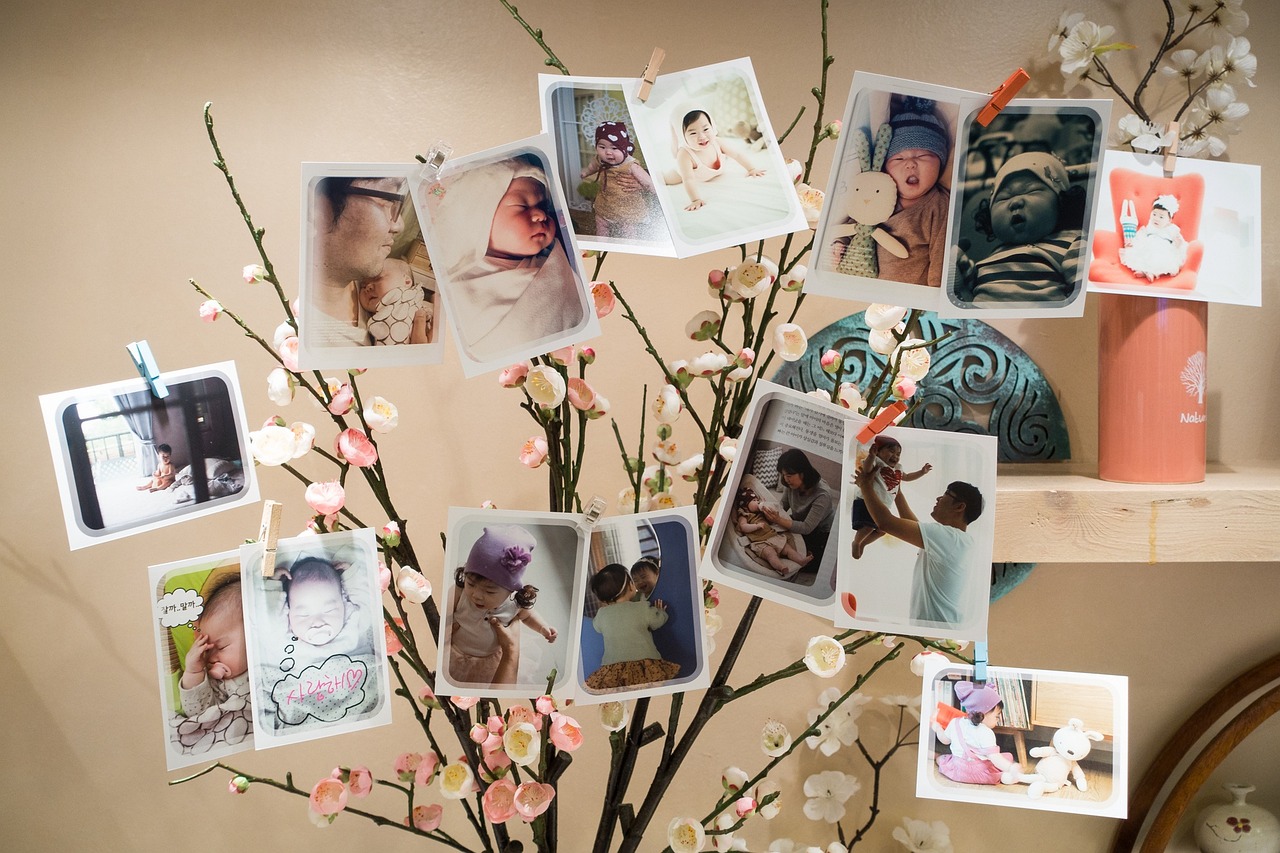
First Aid Essentials
When emergencies strike, having a solid grasp of can make all the difference between life and death. First responders are often the first line of defense, but what happens before they arrive? This is where basic first aid knowledge comes into play. Understanding how to assess a situation and provide immediate care can stabilize a patient and significantly improve their chances of survival. So, what are the key techniques that every first responder and even layperson should know?
First aid encompasses a broad range of skills, but some of the most critical techniques include:
- Wound Care: Knowing how to clean and dress wounds can prevent infection and promote healing.
- Choking Relief: Techniques like the Heimlich maneuver can save someone who is choking.
- Burn Treatment: Understanding how to cool and protect burns is essential to minimize damage.
- Shock Management: Recognizing the signs of shock and knowing how to keep a patient calm can be lifesaving.
Each of these techniques plays a vital role in first aid. For instance, wound care is not just about covering a cut; it involves cleaning the area properly to remove any debris that could lead to infection. Similarly, knowing how to relieve choking can turn a life-threatening situation into a manageable one with just a few swift movements. The importance of these skills cannot be overstated, especially in critical moments when every second counts.
Moreover, first aid is not a one-size-fits-all approach. Different situations require tailored responses. For example, the treatment for a sprained ankle differs significantly from that of a heart attack. Therefore, first responders must be trained to assess the situation quickly and effectively. They should ask themselves: What is the nature of the injury? and What immediate actions can I take to help? This ability to think on their feet is what sets trained responders apart from the average individual.
Additionally, first aid knowledge extends beyond just physical techniques. It involves communication skills as well. First responders must be able to convey information clearly and calmly, both to the patient and to emergency services. This includes providing accurate details about the situation, which can be crucial for those who arrive later. Imagine being in a chaotic scene and trying to relay vital information; clear communication can help ensure that the right resources are deployed quickly.
In conclusion, mastering first aid essentials is not just about learning a few techniques; it's about being prepared to take action when it matters most. The skills and knowledge gained through first aid training empower individuals to act confidently in emergencies, potentially saving lives. Whether you're a first responder or a concerned citizen, understanding these basics is a step towards creating a safer community.
Q: What should I do if someone is unconscious?
A: Check for responsiveness, call for emergency help, and if they are not breathing, start CPR immediately.
Q: How do I treat a burn?
A: Cool the burn under running water for at least 10 minutes, cover it with a clean, non-stick dressing, and seek medical attention if necessary.
Q: What is the Heimlich maneuver?
A: It is a first aid procedure for choking, where you apply pressure to the abdomen to expel an obstruction from the airway.
Q: How can I learn first aid?
A: Many organizations offer first aid courses, including the Red Cross and local community centers. Online resources are also available for self-study.
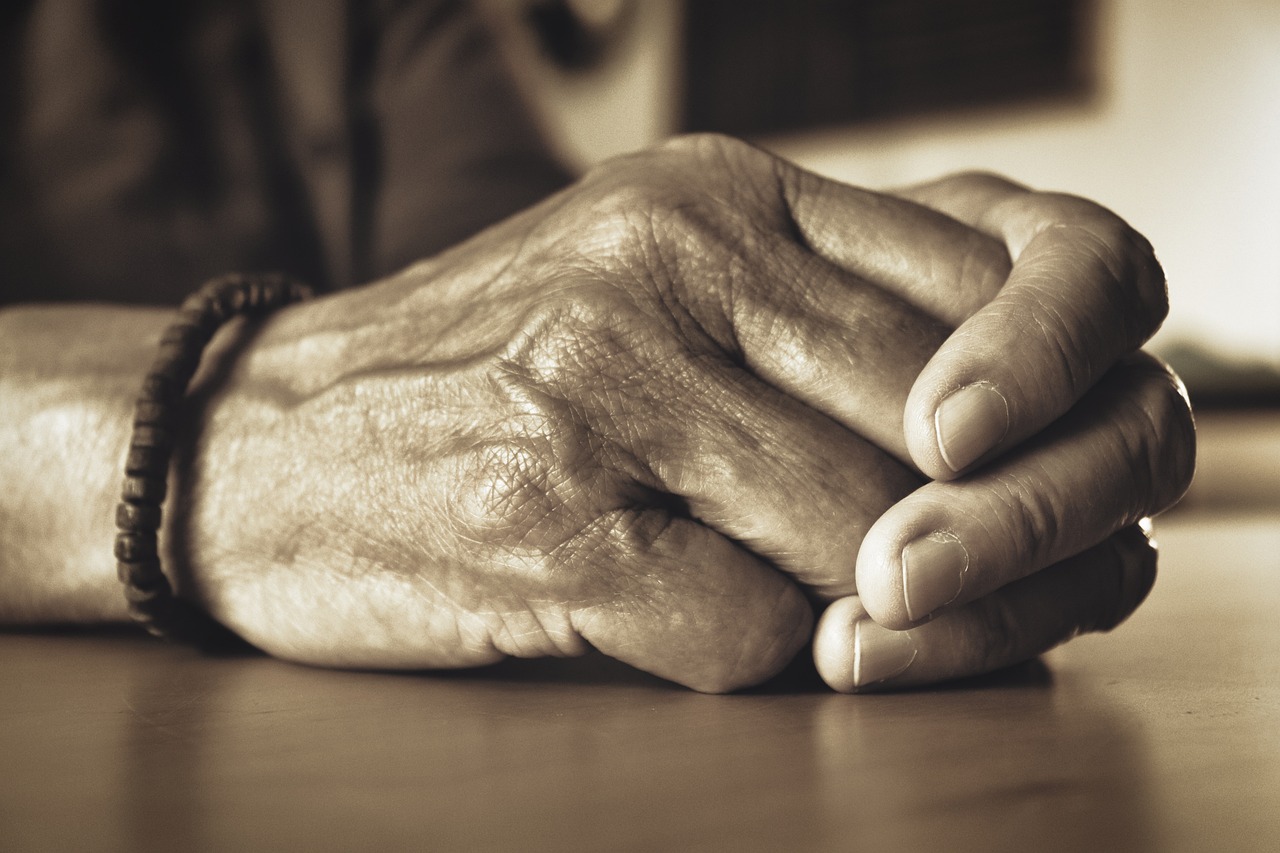
Firefighter Training and Responsibilities
Firefighters play a crucial role in safeguarding lives and property during emergencies, particularly fires. Their training is not just about learning how to put out flames; it encompasses a wide range of skills and knowledge that prepare them for various challenging situations. From the moment they step into the fire academy, they embark on a rigorous journey that tests their physical and mental endurance. Imagine running into a burning building while everyone else is running out—that's the kind of bravery and training that defines a firefighter.
The training process for firefighters is extensive and multifaceted, including both classroom instruction and hands-on practice. They learn about fire science, the behavior of flames, and the various types of fires they may encounter. Additionally, they are trained in using specialized equipment, such as hoses, ladders, and breathing apparatuses. This knowledge is essential as it equips them to make quick decisions in life-threatening situations. Firefighters must also be skilled in rescue operations, which involves saving individuals trapped in dangerous environments.
Moreover, physical fitness is a cornerstone of firefighter training. They undergo rigorous physical conditioning to ensure they can handle the demanding tasks of the job, such as carrying heavy equipment, climbing ladders, and performing rescues. The physical demands are intense, and firefighters must maintain peak fitness levels to perform effectively. This is why you often see them engaged in strength training and endurance exercises as part of their daily routine.
In addition to the technical skills, firefighters are trained in emergency medical services (EMS). Many firefighters are also certified as paramedics or emergency medical technicians (EMTs), allowing them to provide critical medical assistance at the scene of an emergency. This dual role is vital, as it means that they can address both fire-related issues and medical emergencies simultaneously. For instance, if a fire breaks out in a residential area, firefighters can not only extinguish the flames but also attend to any injured individuals before paramedics arrive.
Firefighters also engage in continuous education and training throughout their careers. This ongoing professional development is necessary to keep up with the latest firefighting techniques, technologies, and safety protocols. They attend workshops, drills, and simulations that help reinforce their skills and prepare them for new challenges. It's a commitment to lifelong learning that ensures they are always ready to face the unexpected.
Lastly, the responsibilities of firefighters extend beyond just responding to emergencies. They are actively involved in community outreach and fire prevention education. Firefighters often visit schools, community centers, and local events to teach fire safety tips and promote awareness about fire prevention. This proactive approach not only helps reduce the number of fire incidents but also fosters a sense of trust and cooperation between firefighters and the communities they serve.
| Training Component | Description |
|---|---|
| Fire Science | Understanding the behavior of fire and combustion. |
| Equipment Operation | Learning to use hoses, ladders, and protective gear. |
| Rescue Techniques | Methods for rescuing individuals from dangerous situations. |
| Emergency Medical Training | Providing basic medical assistance at emergency scenes. |
| Community Engagement | Educating the public on fire safety and prevention. |
In summary, the role of a firefighter is both demanding and rewarding. Their comprehensive training equips them with the skills necessary to handle emergencies effectively, while their ongoing commitment to community education helps foster a safer environment for everyone. Firefighters are not just responders; they are a vital part of the community's safety net.
- What qualifications are needed to become a firefighter? Most fire departments require a high school diploma or equivalent, along with completion of a fire academy program.
- How long does firefighter training last? Training can vary but typically lasts several months to a year, depending on the program and department.
- Are firefighters trained in first aid? Yes, many firefighters are trained as EMTs or paramedics, providing essential medical care in emergencies.
- What are the physical requirements for firefighters? Firefighters must pass physical fitness tests that assess strength, endurance, and agility.
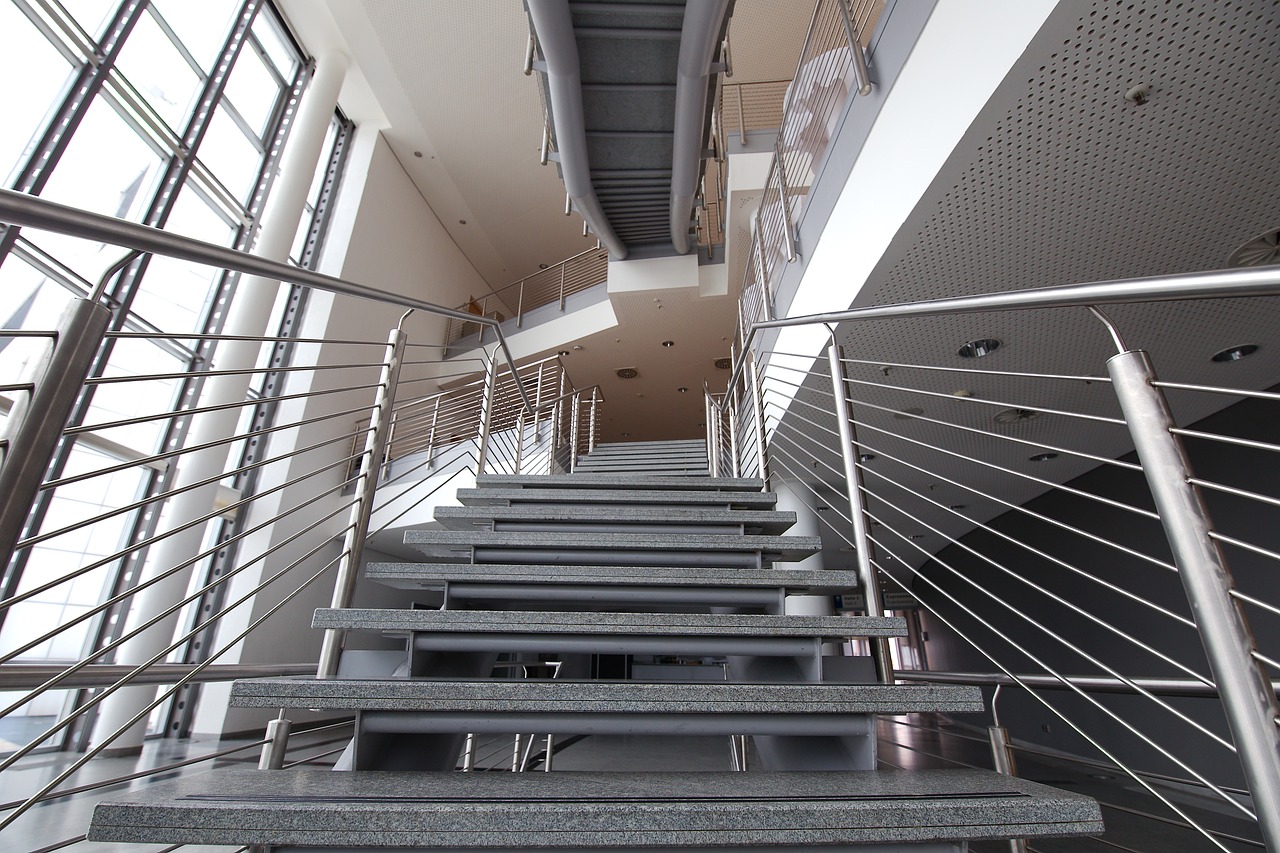
Community Engagement and Education
First responders play a pivotal role not just during emergencies but also in fostering a sense of safety and preparedness within the community. Engaging with the public is crucial because it builds trust and enhances the effectiveness of emergency response efforts. Through various outreach programs, first responders educate citizens about the importance of being prepared for unforeseen situations. Imagine a community where everyone knows what to do when a disaster strikes; this is the vision that first responders work towards every day. They actively participate in community events, offering workshops and seminars that empower individuals with the knowledge and skills necessary to respond effectively in emergencies.
One of the most impactful ways first responders engage with the community is through public safety workshops. These workshops cover a range of topics, including fire safety, basic first aid, and disaster preparedness. By providing hands-on training and real-life scenarios, first responders ensure that attendees leave with practical skills that can save lives. For example, participants learn how to use fire extinguishers correctly, understand evacuation procedures, and even recognize the signs of a medical emergency. This proactive approach not only informs but also instills confidence in community members, making them feel more capable of handling crises.
Additionally, first responders often conduct school programs aimed at educating younger generations. These programs are tailored to be age-appropriate and engaging, ensuring that children grasp essential safety concepts. During these sessions, students learn about emergency procedures, the importance of staying calm, and how to contact emergency services. By teaching children from a young age, first responders are planting the seeds of safety awareness that can blossom into lifelong knowledge. It's like teaching a child to swim; the earlier they learn, the better prepared they are to handle unforeseen circumstances.
Moreover, the impact of community engagement extends beyond immediate education. It fosters a culture of preparedness and resilience. When citizens are well-informed, they are less likely to panic during emergencies, which can significantly reduce the strain on first responders. This collaborative relationship between first responders and the community creates a safety net that benefits everyone. To illustrate this, consider the following table that highlights the benefits of community engagement initiatives:
| Benefit | Description |
|---|---|
| Increased Awareness | Community members become more knowledgeable about potential hazards and how to respond effectively. |
| Enhanced Trust | Building relationships between first responders and the community fosters trust and cooperation. |
| Improved Preparedness | Communities that engage in safety training are better prepared for emergencies, leading to quicker response times. |
| Resilience | Empowered citizens contribute to a more resilient community capable of recovering from emergencies. |
In conclusion, the role of first responders extends far beyond their immediate duties during emergencies. Their commitment to community engagement and education is vital in creating a safer environment for everyone. By actively participating in workshops and school programs, they are not only imparting knowledge but also building a foundation of trust and preparedness that can make all the difference when an emergency arises. So, the next time you see a firefighter or paramedic in your community, remember that they are not just there to respond to crises—they are also your partners in safety and preparedness.
Q: What types of programs do first responders offer to the community?
A: First responders offer a variety of programs, including public safety workshops, school safety education, and community preparedness training.
Q: How can I get involved with my local first responders?
A: You can participate in community events, attend workshops, or volunteer for local organizations that partner with first responders.
Q: Why is it important for children to learn about emergency procedures?
A: Teaching children about emergency procedures helps them remain calm and act appropriately during crises, which can save lives.
Q: How do first responders build trust within the community?
A: First responders build trust by engaging with the community, providing education, and demonstrating their commitment to public safety.
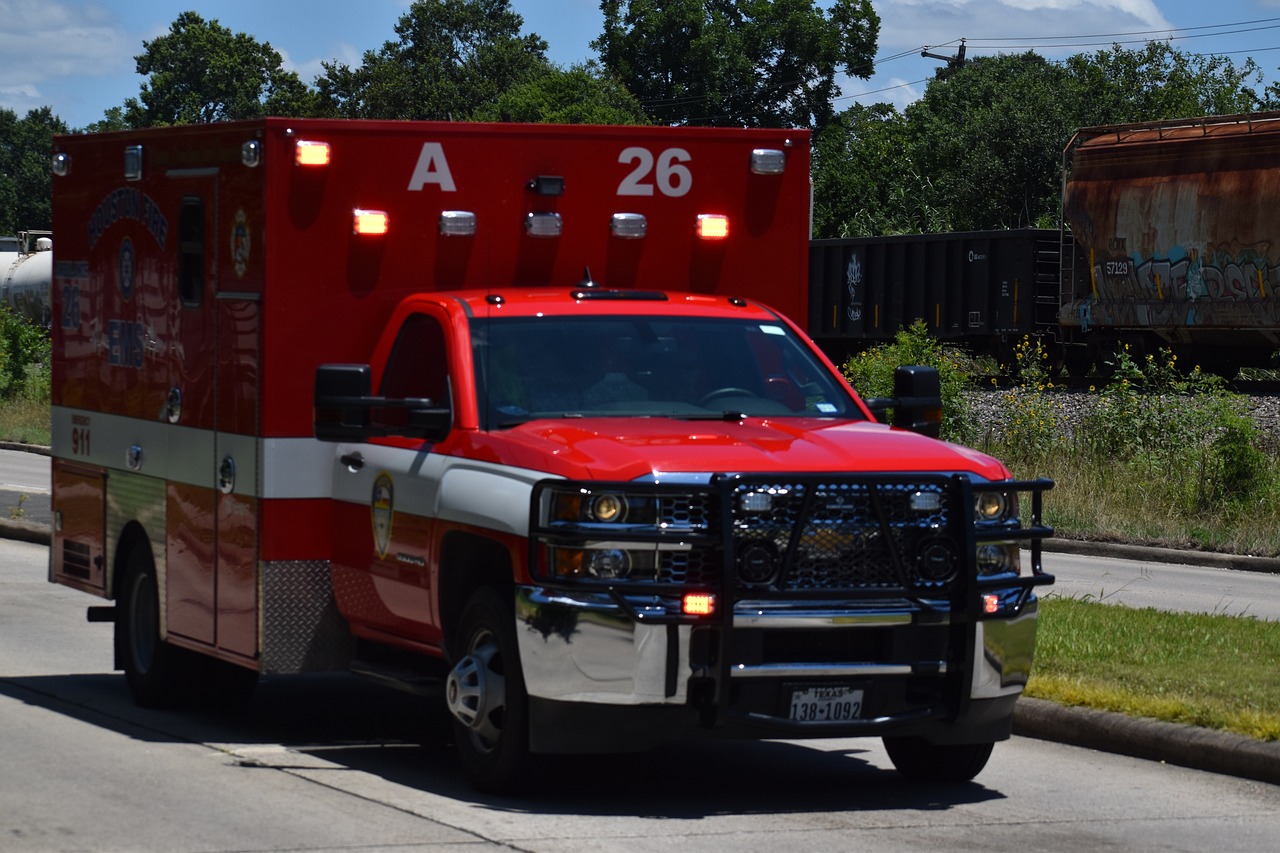
Public Safety Workshops
Public safety workshops are an essential component of community engagement, aimed at equipping citizens with the knowledge and skills necessary to respond effectively in emergencies. These workshops are often organized by first responders and cover a wide range of topics, from basic first aid to fire safety and disaster preparedness. Imagine being in a situation where every second counts; having the right knowledge can make all the difference. First responders not only teach life-saving techniques but also share crucial information that can empower individuals to act confidently during crises.
One of the primary goals of these workshops is to demystify emergency response procedures. Many people may feel overwhelmed or unsure about what to do in an emergency, but through hands-on training and interactive sessions, participants can gain a clearer understanding of their roles in such situations. For instance, a workshop might include a simulation of a fire evacuation, where participants learn the safest routes and how to assist those who may need help. This practical experience is invaluable, as it prepares citizens for real-life scenarios.
In addition to practical skills, these workshops often emphasize the importance of teamwork and communication during emergencies. Participants learn how to coordinate with first responders, understand the significance of clear communication, and the necessity of remaining calm under pressure. In a crisis, confusion can lead to chaos, but a well-informed community can work together to create a more effective response.
Moreover, public safety workshops are tailored to meet the needs of different groups within the community. For example, workshops for schools focus on age-appropriate content, teaching children how to react during emergencies while ensuring they feel safe and secure. Here’s a glimpse of some common topics covered in these workshops:
| Workshop Topic | Description |
|---|---|
| Basic First Aid | Learn essential skills like CPR, wound care, and how to handle choking emergencies. |
| Fire Safety | Understand fire prevention, evacuation plans, and how to use a fire extinguisher. |
| Disaster Preparedness | Prepare for natural disasters by creating emergency plans and kits. |
| Active Shooter Response | Learn how to respond in the event of an active shooter situation. |
Ultimately, public safety workshops serve as a bridge between first responders and the community, fostering trust and collaboration. By encouraging citizens to participate, first responders help to create a culture of safety and preparedness. When individuals feel empowered and informed, they are more likely to take proactive measures in their daily lives, which can significantly reduce the impact of emergencies when they occur.
As these workshops continue to evolve, the emphasis on real-world applications and community involvement remains paramount. It’s not just about learning; it’s about building a resilient community that can face emergencies head-on. So, whether you're a parent wanting to keep your family safe or a community leader looking to enhance local safety measures, participating in or organizing a public safety workshop could be one of the most impactful decisions you make.
- What age groups are these workshops designed for? Workshops are tailored for various age groups, with specific content for children, adults, and seniors.
- Are there any costs associated with attending a workshop? Many workshops are free or offered at a low cost, especially those organized by local fire departments or community organizations.
- How can I find a public safety workshop in my area? Check with local fire departments, community centers, or online community boards for upcoming workshops.
- Can I request a specific topic for a workshop? Yes! Many organizations welcome requests for specific topics to better serve community needs.

School Programs
School programs led by first responders are more than just educational sessions; they are lifelines that provide children with essential safety knowledge. Imagine a classroom filled with eager young minds, their eyes wide with curiosity as a firefighter or paramedic explains what to do in an emergency. These programs are designed to empower students, giving them the tools they need to respond effectively in crisis situations. From fire drills to understanding basic first aid, the lessons learned can be invaluable.
One of the most impactful aspects of these programs is the hands-on experience they offer. First responders often bring equipment to schools, allowing students to see and touch the tools used in real-life emergencies. This not only demystifies the role of first responders but also fosters a sense of respect and admiration for their work. Children learn about the importance of remaining calm during emergencies, and they practice scenarios that help them think critically under pressure.
In addition to practical skills, school programs also emphasize the importance of teamwork and communication. Students engage in activities that require them to work together, simulating real emergency situations. This collaborative approach not only builds camaraderie among peers but also instills a sense of responsibility. They learn that in times of crisis, every second counts, and effective communication can make a life-saving difference.
To give you an idea of the structure and content of these programs, here’s a brief overview:
| Program Component | Description |
|---|---|
| Fire Safety Education | Students learn about fire hazards, prevention measures, and what to do in case of a fire. |
| Basic First Aid Training | Children are taught essential first aid skills, including how to treat minor injuries and when to call for help. |
| Emergency Preparedness Drills | Regular drills help students practice evacuating the building safely and efficiently. |
| Interactive Q&A Sessions | Students can ask first responders questions, fostering an open dialogue about safety and emergencies. |
These programs not only educate but also inspire confidence in young individuals. By understanding the roles of first responders and the importance of safety, children are more likely to take proactive steps in their own lives. They learn that they can be part of the solution, whether by helping a friend in need or alerting adults during an emergency.
Ultimately, the impact of school programs extends beyond the classroom. As these children grow, they carry with them the knowledge and skills acquired during these sessions. They become informed citizens who are better prepared to handle emergencies, not just for themselves but for their families and communities. In this way, first responders are not just heroes in uniform; they are educators and mentors, shaping the next generation of safety-conscious individuals.
- What age groups are targeted by school programs? School programs are typically designed for students in elementary to high school, with age-appropriate content for each level.
- How often are these programs conducted? Many schools host first responder programs annually, while some may have them more frequently, especially during safety awareness months.
- Can parents get involved in these programs? Yes! Many programs encourage parental involvement, whether through volunteer opportunities or attending workshops with their children.
- Are there any costs associated with these programs? Most school programs are funded by local fire and police departments, making them free for students and schools.
Frequently Asked Questions
-
What is the role of first responders during emergencies?
First responders are the first individuals to arrive at the scene of an emergency. They provide immediate assistance, assess the situation, and take necessary actions to ensure safety and care for those affected. Their roles include firefighters tackling fires, paramedics offering medical help, and police officers maintaining order.
-
What kind of training do first responders undergo?
First responders undergo extensive training that includes emergency medical training, firefighting techniques, and crisis management. They learn critical skills such as CPR, first aid, and how to handle various emergency situations, ensuring they are prepared for anything that comes their way.
-
Why is CPR important for first responders?
CPR, or cardiopulmonary resuscitation, is a lifesaving technique crucial for first responders. It helps maintain blood circulation and oxygen flow to the brain during cardiac emergencies, significantly increasing the chances of survival for the victim until further medical help arrives.
-
What are the essential first aid techniques that first responders learn?
First responders learn various essential first aid techniques, including how to control bleeding, treat shock, perform CPR, and stabilize fractures. These skills are vital in providing immediate care and ensuring the patient remains stable until advanced medical assistance can take over.
-
How do firefighters prepare for their roles?
Firefighters undergo rigorous training that includes physical conditioning, learning firefighting techniques, and practicing rescue operations. They must be mentally and physically fit to handle the demands of their job, which often involves high-stress situations and physical challenges.
-
What community engagement activities do first responders participate in?
First responders engage with the community through various outreach programs, including public safety workshops and school programs. These initiatives aim to educate the public about emergency preparedness, safety protocols, and how to respond effectively during a crisis.
-
How can I prepare my family for emergencies?
Preparing your family for emergencies involves creating a family emergency plan, assembling an emergency kit, and practicing drills. It's essential to discuss potential emergencies and ensure everyone knows what to do and where to go in case of an emergency.



















